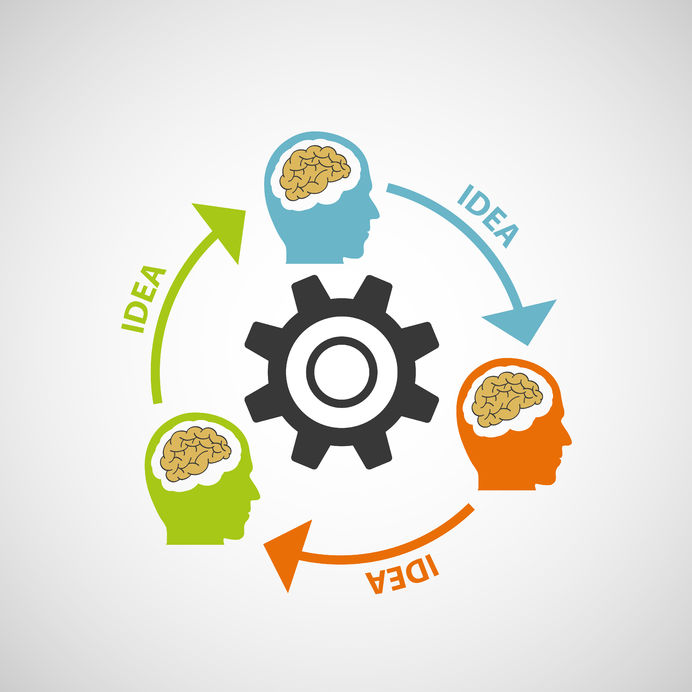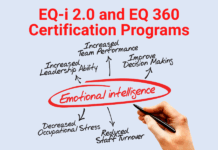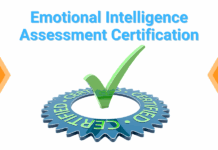
We talk about creating consensus all the time. What we do, however, is have a meeting and hope to reach agreement without appreciating what “consensus” really is and the benefits it provides when done well.
Consensus when well-executed will:
- Generate a wide range of ideas and discussion;
- Feel satisfying to participants; and
- Create a collaborative spirit.
Range of ideas. Consensus brings together people from a range of backgrounds who represents varying perspectives of an issue. Just as important are their behavior characteristics in a meeting environment. There we have people who are vocal, quiet, fast thinkers, careful thinkers, data-driven decision-makers, relationship-oriented engagers and more. Unless these differences are consciously recognized and managed, it is easy for individuals to feel drowned out, annoyed or over-looked. It’s most effective to use techniques designed to equalize voices so that a wide range of input and opinions will be generated and discussed without favoring the loudest, most insistent voices. Consider, for example, real-time polling apps or simply going around the table to give everyone a chance to share their thoughts. Also valuable is the use of a communication assessment tool. Used in advance, these tools inform participants and organizers of differences in communication styles.
Satisfaction. Consensus is best achieved when people feel engaged and heard. Inevitably within group discussions some angst emerges unless carefully managed. Angst may arise when people don’t feel that their idea was heard, or when conversation strays into tangents that waste time, or when they are interrupted before completing their thought. These situations cause participants to pull back and keep their thoughts to themselves, …that is until they are in the hallway complaining at the coffee break. For consensus to feel satisfying, the use of reflective listening skills is imperative. Reflective listening not only ensures that people have a turn, but that their ideas are heard and understood. You must also attend to the emotion in the room. Negative, frustrated or aggravated feelings shut off consensus. Research in neuroscience shows that the brain becomes more agitated when negative emotions are suppressed. The brain calms down and returns to cognitive functioning when emotion is acknowledged. With attentiveness listening, the ebb and flow of emotion is managed within the consensus building environment so that negative emotions are quickly diffused through skilled acknowledgment. The result is a sense of satisfaction with the process. Participants leave feeling heard even if they don’t agree.
Collaboration. When you skillfully build consensus, the group feels like a team with a common cause rather than disparate individuals with individual agendas. Again, insights come from neuroscience. Research shows that people who feel connected with a common cause are more likely to collaborate, feel empathy and trust each other. Conversely, should an us/them atmosphere develop, research indicates that trust and empathy are lost and the likelihood of collaboration diminishes. Build a sense of cohesion by naming the group, setting regular meeting times, rewarding the group process and acknowledging the work of the group.
Next time you are tasked with creating consensus, give it some thought. Consensus building is more than hosting a meeting with flip charts and colored dots. It involves the skilled understanding of the people in the room, artful engagement for idea generation, management of communication tendencies, validation of feelings and the creation of a common goal.
Photo credit: vantuz / 123RF Stock Photo





